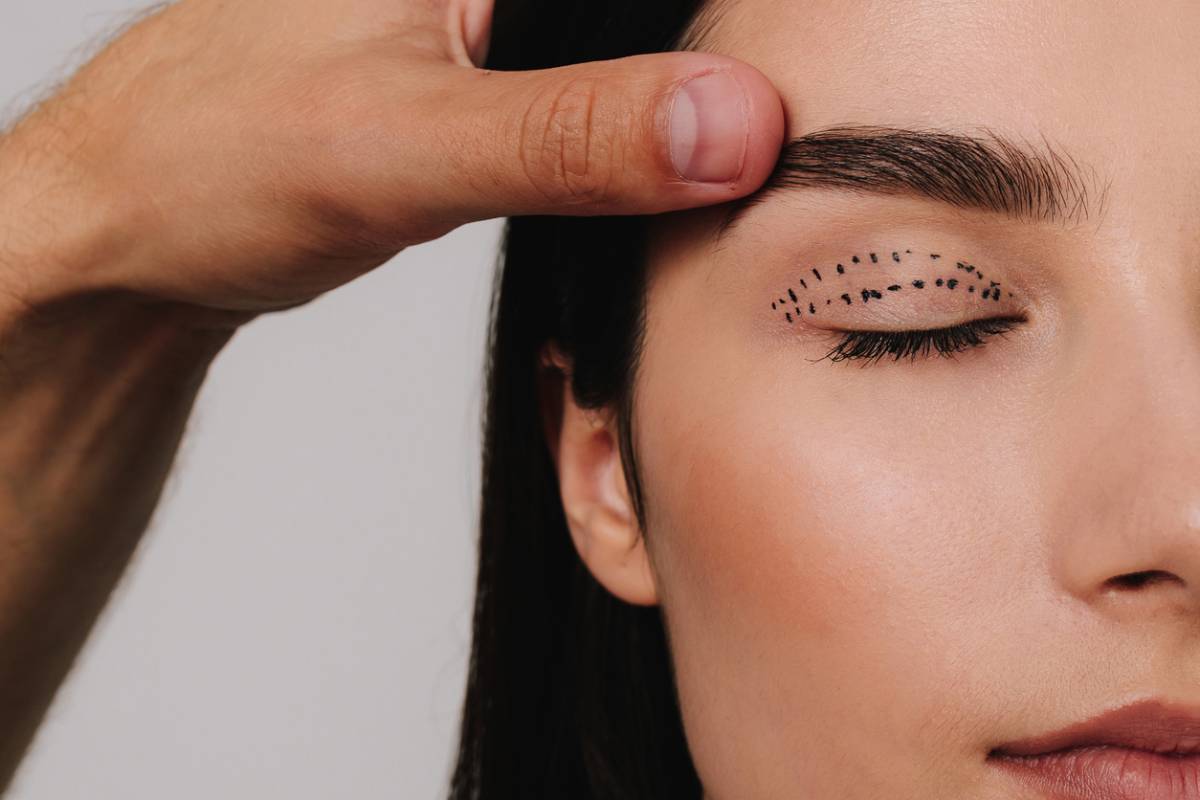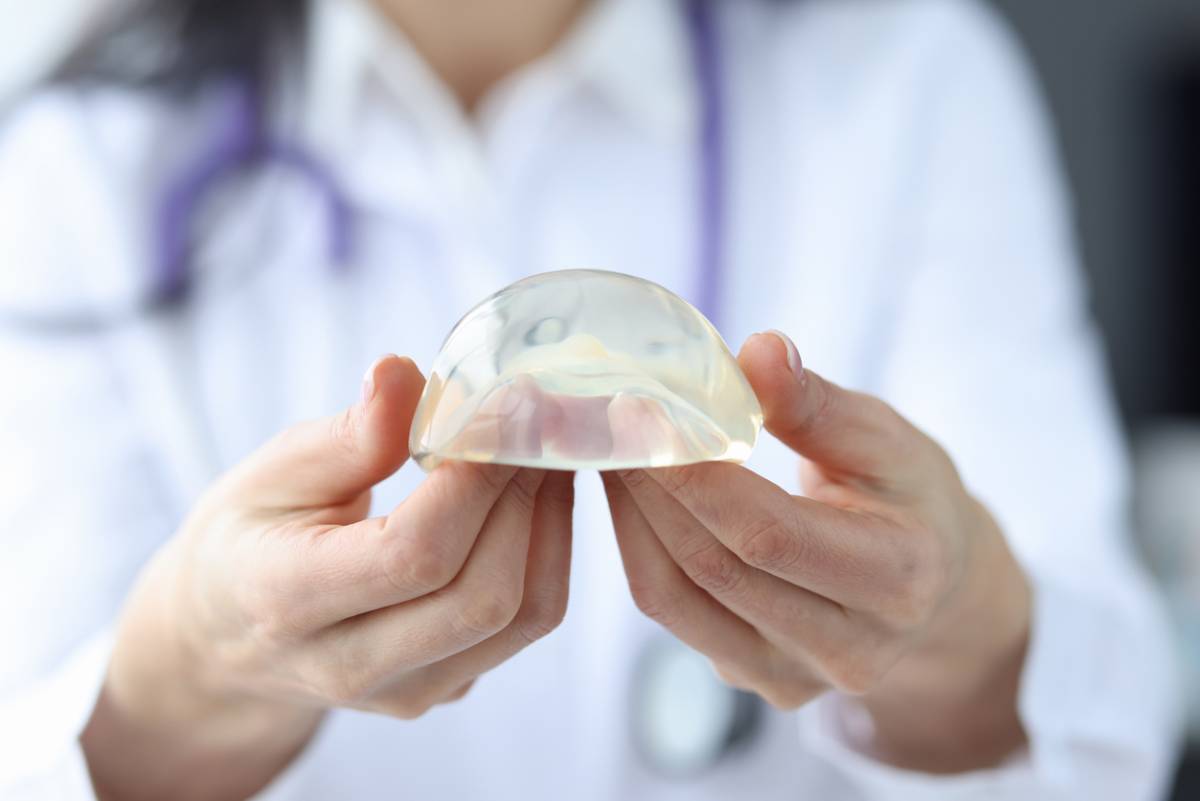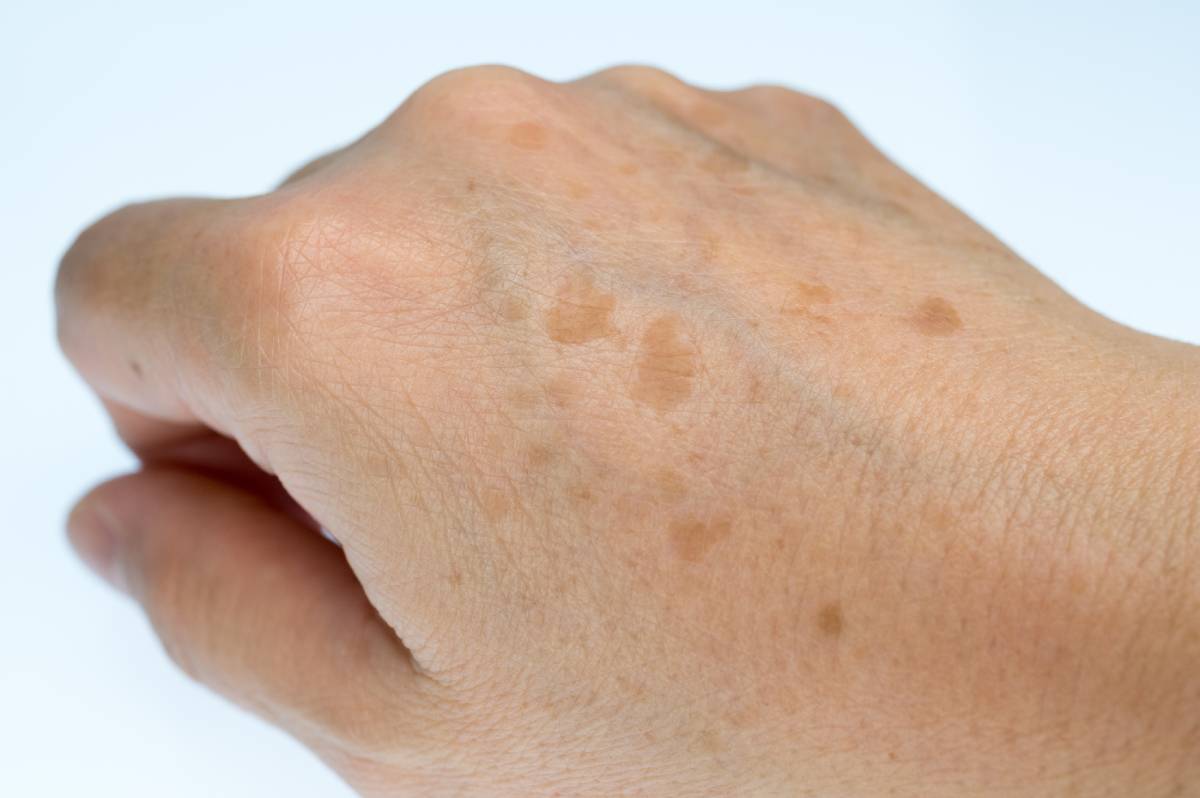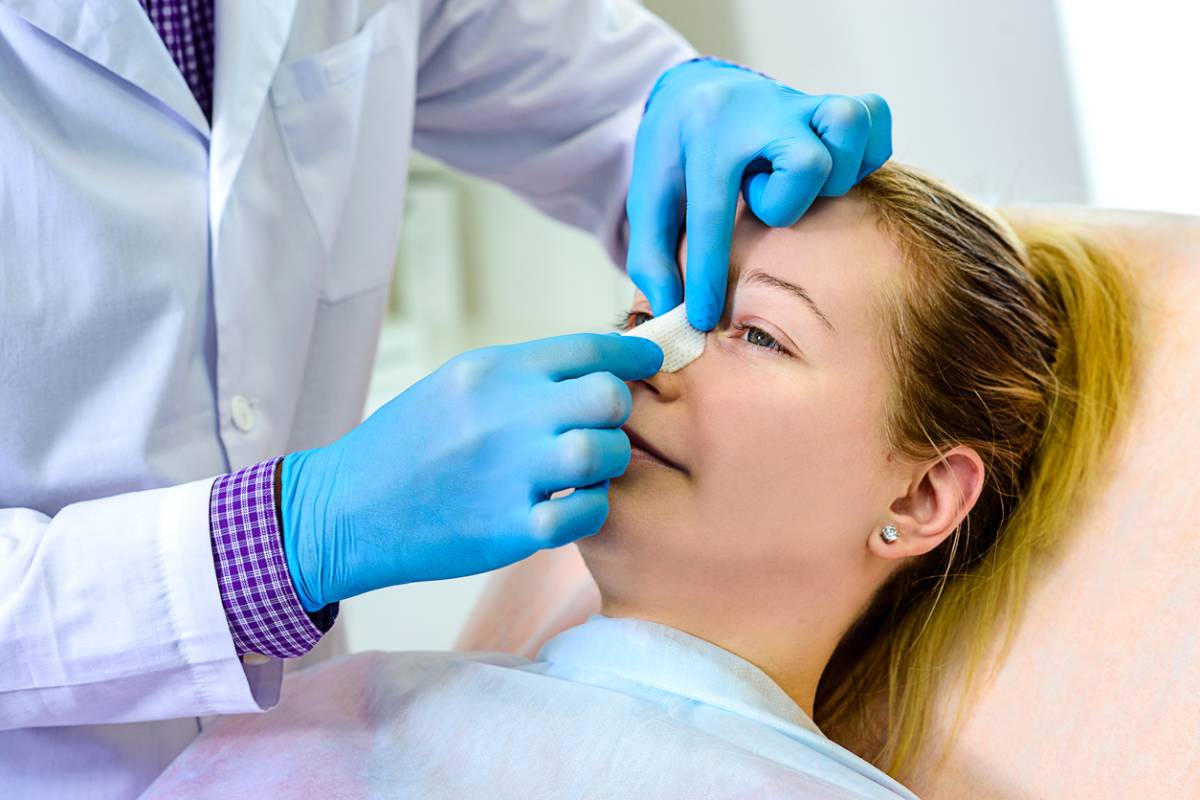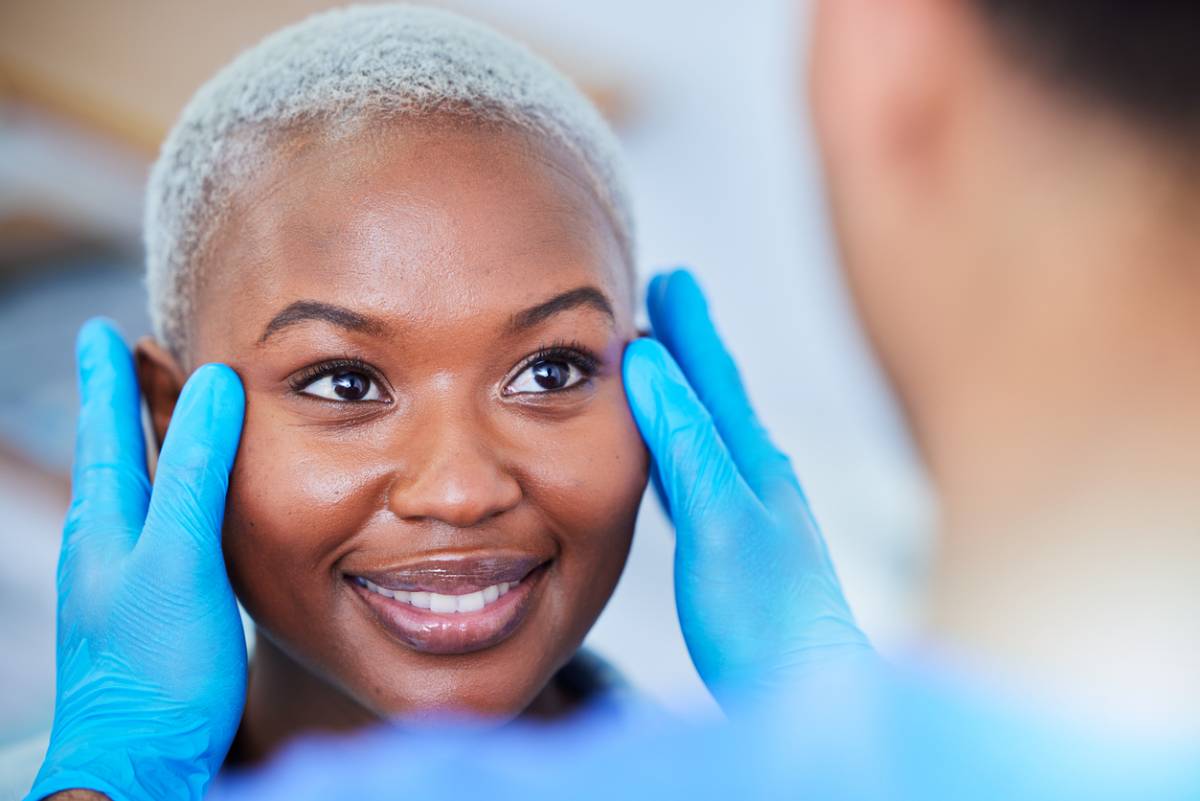What Are the Five Most Popular Facial Plastic Surgeries?
Facial plastic surgery has become increasingly popular over the last decade. It can enhance your natural features and make you look more youthful. There have been major advancements in surgical techniques. Because of this, the results of facial plastic surgery look natural and subtle. Depending on your personal aesthetic goals, there are several surgical options. Some patients opt to improve a specific area of their face with something like a rhinoplasty. However, others may want a comprehensive approach with a facelift. You may wonder, what are the five most popular facial plastic surgeries?
What Are the Five Most Popular Facial Plastic Surgeries?
No matter what your aesthetic goals are, there are several facial plastic surgery options. There are options to address the signs of aging. Alternatively, there are surgeries that target certain areas of your face you want to enhance. Below are some of the most popular facial plastic surgeries.
Facelift
The most popular anti-aging facial plastic surgery is a facelift. Natural aging and lifestyle factors can impact the look of your face. Things like sun exposure, poor sleep, chronic stress, smoking, and poor diet can age you. Common signs of aging include fine lines, wrinkles, skin sagging, and facial fat loss. This can make you look much older than you are.
A facelift tightens the loose skin on your face and neck. This reduces the appearance of deep wrinkles and sagging skin. It can improve your jawline and the appearance of your neck. It can also take years off of your face. The results are long-lasting and provide excellent results compared to alternative treatment options.
Rhinoplasty
Rhinoplasty is one of the most common facial plastic surgeries. Many people are unhappy with the size and shape of their noses. However, rhinoplasty is also used to address functional issues. Many people struggle with breathing issues related to their noses. A rhinoplasty offers both cosmetic and functional benefits.
A rhinoplasty, also referred to as a nose job, improves the size and shape of your nose. It can improve your overall facial symmetry and balance. This is especially beneficial for those with large noses. A nose job also addresses issues such as bumps and dips in the nose. This can dramatically improve your profile.
Eyelid Surgery
The natural aging process and certain lifestyle factors can cause aging around the eyes. This is because the skin around your eyes is much thinner than the rest of your face. Fine lines, wrinkles, and skin sagging can make you look much older than you are. Eyelid surgery, also referred to as blepharoplasty, is the most effective cosmetic surgery to address the issues.
Eyelid surgery can be performed on your upper eyelids, lower eyelids, or both. Both upper and lower eyelid surgery remove excess skin and fat. Upper eyelid surgery also tightens the levator muscle. This is the muscle responsible for opening and closing the eyes. Both surgeries reduce the appearance of fine lines and wrinkles. This results in a more youthful and awake appearance.
Brow Lift
Sagging eyebrows can age you and make you look angry. A brow lift raises sagging eyebrows and improves the appearance of the forehead. It smooths out fine lines and wrinkles to reveal a more youthful brow and forehead area. The forehead and eyebrows drop due to the natural aging process. However, this can be exacerbated by unhealthy lifestyle habits. Things like smoking, poor sleep, and chronic stress can age your face.
A brow lift is a great option for those with brow sagging and forehead wrinkles. This procedure is often combined with eyelid surgery. When done together, the procedures improve the upper facial area. These are great options for those with skin sagging and wrinkles around the eyes and forehead. Both provide long-lasting results as compared to alternative treatment options. Patients’ results look natural and can take years off of their faces.
Ear Surgery
Ear surgery, also referred to as otoplasty, improves the appearance of the ears. So many people are self-conscious about the look of their ears. Ear surgery can address the size, shape, or level of protrusion. This is common for children and teenagers. However, adults get the surgery as well.
Ear surgery improves the size, shape, and symmetry of the ears. People with the surgery no longer have to hide their ears with their hair. The surgery provides long-lasting results with minimal scarring. The surgery improves the look of the ears, but it also does so much more. Patients report a boost in confidence and self-esteem after surgery.
Cosmetic Surgery
If you are unhappy with your appearance, contact the team at Orange County Surgical Specialists today to schedule a consultation!


